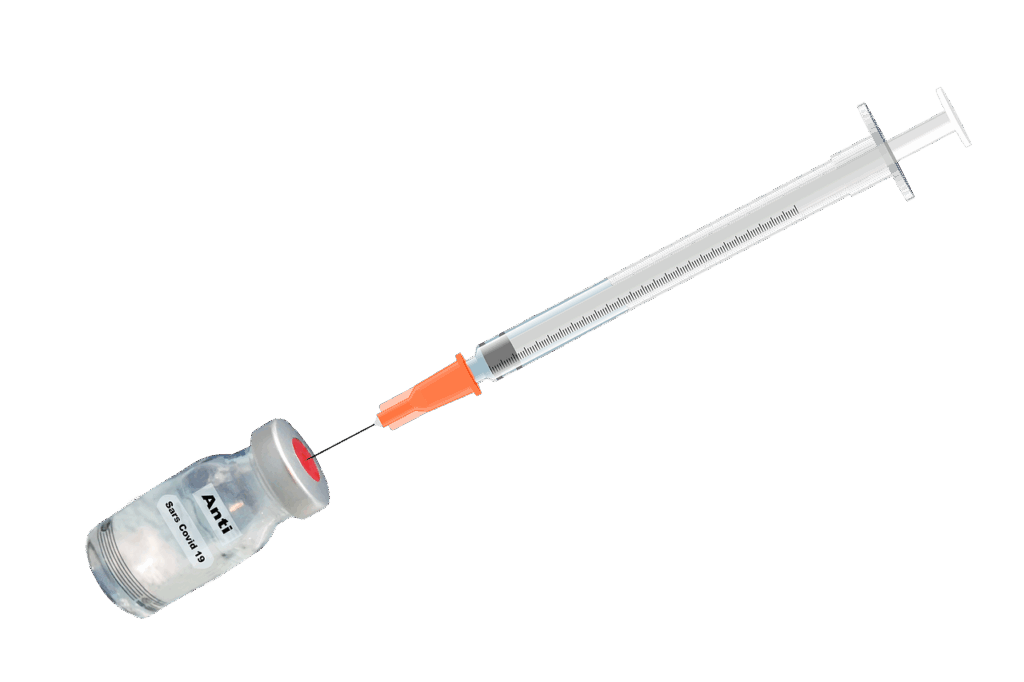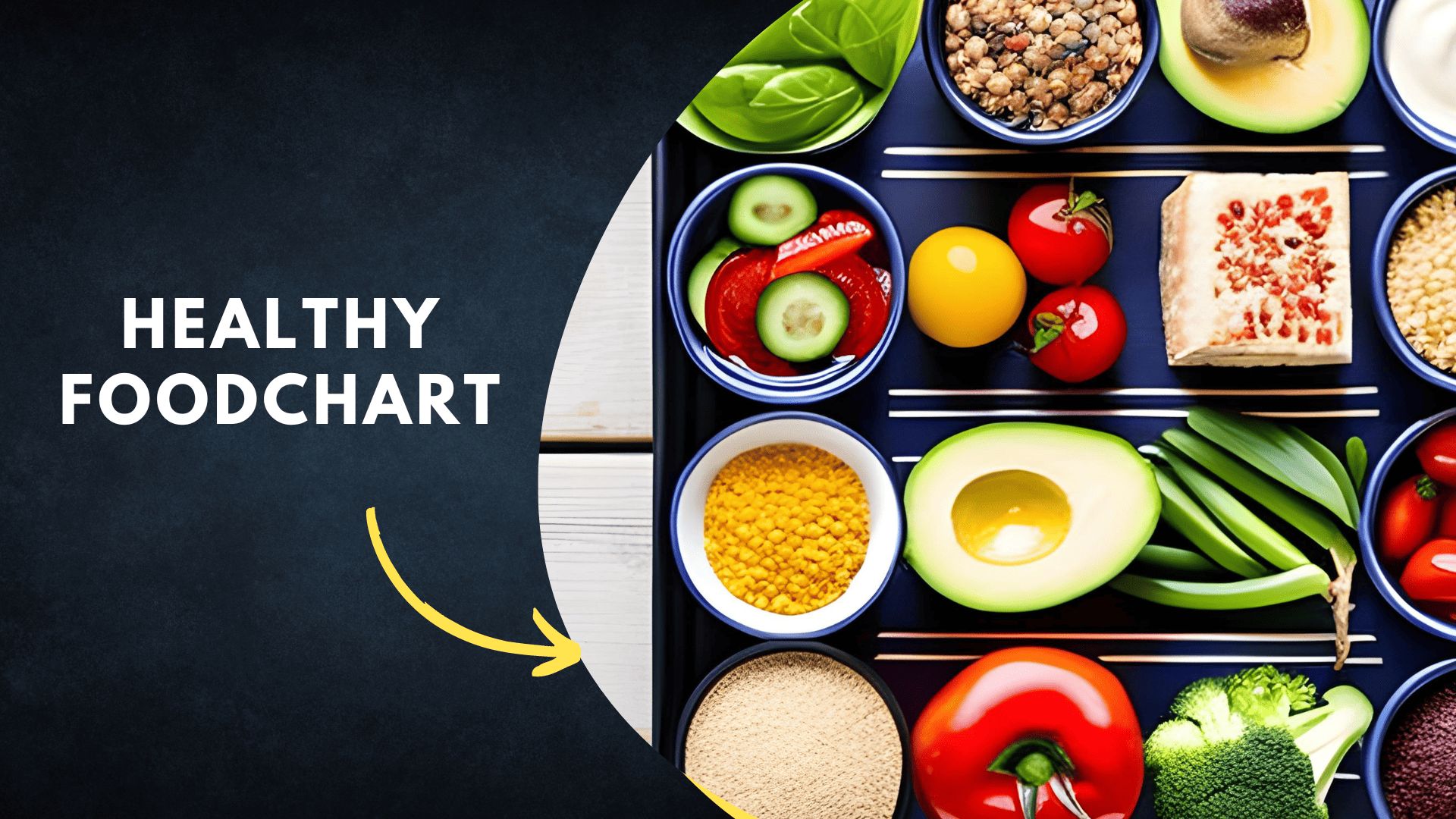
As the cold and flu season steadily approaches, bringing with it the perennial challenge of respiratory viruses, it is paramount for individuals and families to be well-informed about the latest health guidelines. Recent changes from federal health agencies and expert insights have reshaped recommendations for vaccinations, particularly concerning both influenza and COVID-19, alongside important updates regarding health insurance policies.
This year presents a unique landscape with modifications to vaccine eligibility, evolving advice on administration, and clarifications on how to access these crucial health interventions. Understanding these shifts is key to making informed decisions for personal and public health, especially given the ongoing circulation of new virus variants and the persistent challenge of health-related misinformation.
In this comprehensive overview, we will delve into the critical updates and recommendations, providing clarity on what you need to know to protect yourself and your loved ones through the upcoming fall and winter months. We aim to equip you with factual, authoritative information to navigate the complexities of this season’s health preparedness.

1. The CDC’s Shift to ‘Shared Clinical Decision-Making’ for COVID-19 Vaccines
The Centers for Disease Control and Prevention (CDC) has recently transitioned its COVID-19 vaccine recommendation from a universal guideline to a “shared clinical decision-making model.” This significant change means that patients are now encouraged to engage in a discussion with their healthcare providers to determine whether the vaccine is appropriate based on their individual health history and risk factors.
This shift, which took effect after the Acting CDC Director Jim O’Neill accepted controversial new guidelines, allows for a more personalized approach to vaccination. O’Neill stated, “Informed consent is back,” highlighting a move away from the agency’s previous blanket recommendation for perpetual COVID-19 boosters. The goal is to facilitate conversations between healthcare providers and patients about the risks and benefits specific to each individual.
The official decision to adopt these recommendations came after an unexplained two-week lag following the CDC advisers’ initial issuance. This step now enables the CDC to commence shipping the updated vaccines to doctors and clinics, making them available for those who, in consultation with their doctors, decide to proceed with vaccination. It is a fundamental change in how the public is guided on COVID-19 immunization.
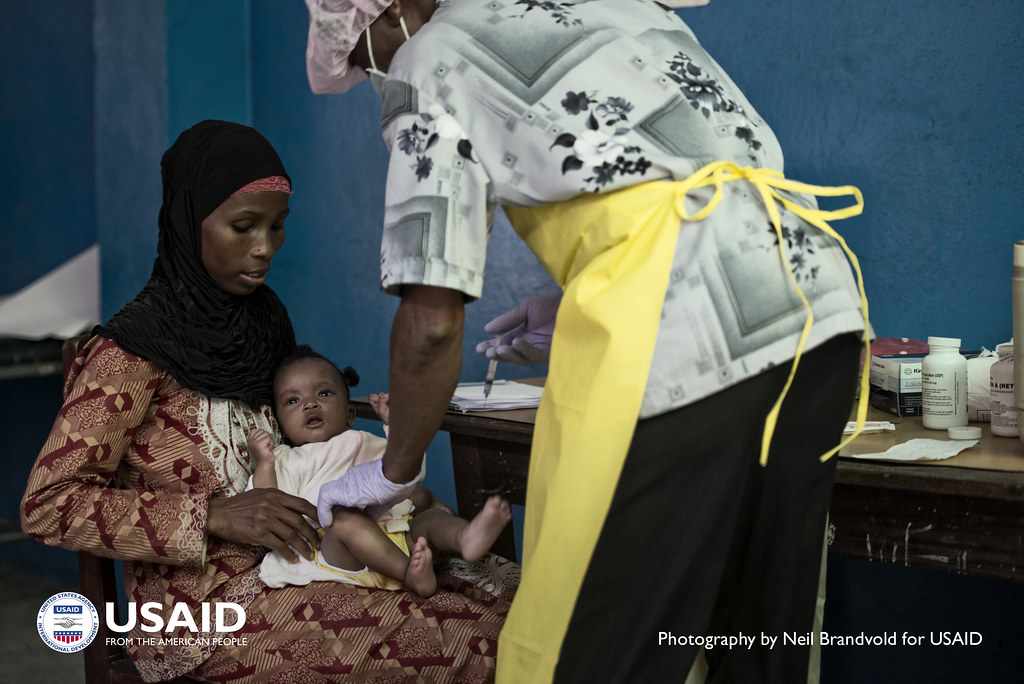
2. Updates on Childhood Vaccines: MMRV and AAP’s Stance
For families with young children, the CDC has introduced adjustments to its childhood vaccine guidelines. Notably, the agency has separated the combined measles, mumps, rubella, and varicella vaccine (MMRV) for children under age four. This specific combined vaccine has also been removed from the federal Vaccines for Children program, which historically provided free vaccines to low-income families.
Parents are now advised to consult with their pediatricians to discuss the available options for their children’s immunization schedules. This change underscores the importance of ongoing dialogue with healthcare providers to ensure children receive the most appropriate and up-to-date protections against these common childhood diseases.
Despite the CDC’s specific adjustments, the American Academy of Pediatrics (AAP) has released its own childhood vaccine guidelines, which largely remain consistent with previous recommendations. The AAP has indicated that, at present, there has been no new research warranting significant modifications to their established protocols, suggesting stability in their core recommendations for pediatric vaccinations.

3. The Timeliness and Options for Your Annual Flu Shot
With flu season now underway, health officials strongly recommend securing a flu vaccine in the near future. This proactive measure is crucial in building immunity before the peak of influenza activity, which typically occurs during the late fall and winter months, though the exact timing can vary each year.
For individuals who prefer to avoid injections, a convenient alternative is available: the nasal version, FluMist. This option requires a prescription and can be self-administered at home, providing flexibility and comfort for those with a needle aversion. It’s important to discuss this option with your healthcare provider to determine its suitability.
In terms of timing, infectious disease expert Dr. Michelle Barron advises against overthinking the precise moment to get vaccinated. She emphasizes that immunity lasts for several months, and the goal is to be protected whenever flu infections begin to rise. Dr. Barron suggests that the best time to get your shot is simply “when it’s convenient,” urging people to prioritize getting it done rather than waiting for a perfect moment.
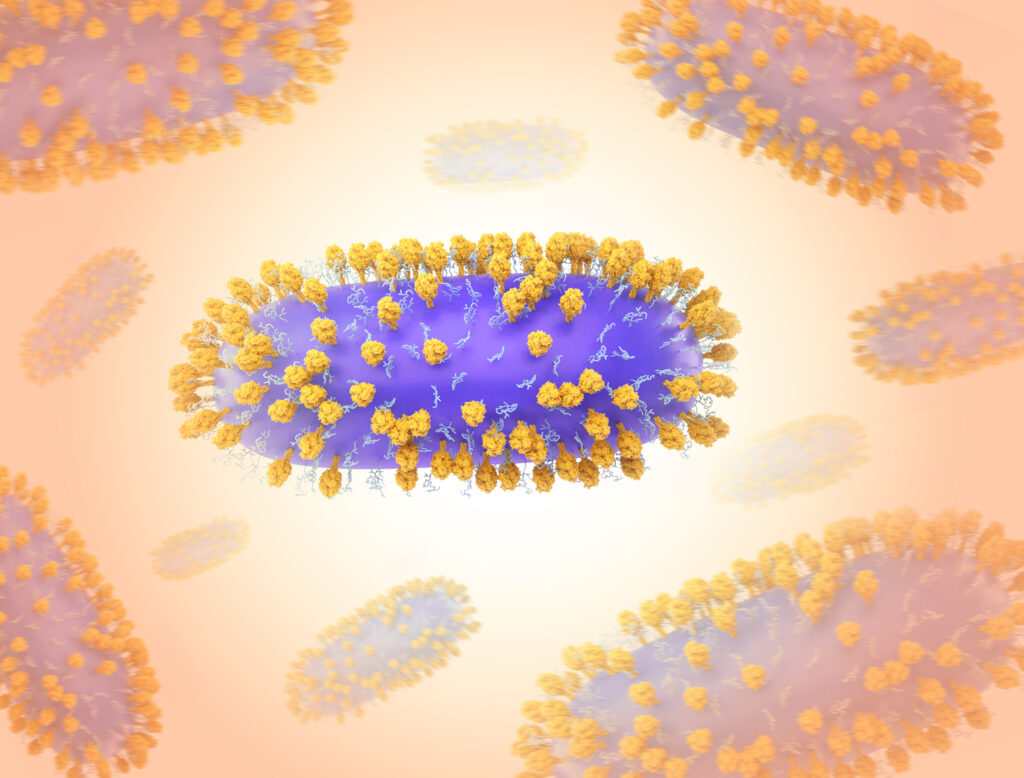
4. Expanded Eligibility for the RSV Vaccine
The Respiratory Syncytial Virus (RSV) vaccine has seen an expansion in its availability, now accessible to a broader demographic. Individuals age 50 and older who have identified risk factors are now eligible to receive this important protection. This offers a significant preventative measure against a virus that can cause severe respiratory illness, particularly in vulnerable populations.
Pharmacists are playing an increasingly vital role in vaccine access, being equipped to answer questions regarding RSV vaccine eligibility and administer these vaccines directly. This expanded access through pharmacies provides a convenient alternative to scheduling a doctor’s appointment, making it easier for eligible individuals to receive their shot.
This broader availability underscores the public health effort to mitigate the impact of RSV, which, like flu and COVID-19, contributes to respiratory illness during the colder months. Consulting with a pharmacist can be a quick and efficient way to ascertain eligibility and receive the vaccine, ensuring timely protection.

5. Crucial Health Insurance Enrollment Periods and Medicaid Reapplication
As the year progresses, several critical enrollment windows for health coverage are opening, impacting various segments of the population. Ohio residents who have recently lost their Medicaid coverage and intend to reapply must visit the Ohio Department of Medicaid for detailed information on required documentation and the reapplication process, which is necessary every six months.
For seniors, the Medicare open enrollment period is a crucial time, running annually from October 15 through December 7. During this window, beneficiaries can review and make changes to their Medicare health and prescription drug coverage options. Simultaneously, the Healthcare Marketplace enrollment window commences on November 1 and extends through January 15, offering individuals and families the opportunity to select new health plans or renew existing ones.
These enrollment periods are vital opportunities to ensure continuous health coverage and explore options that best suit individual and family needs. Navigating these systems effectively can prevent gaps in coverage and facilitate access to necessary medical care, including vaccinations.
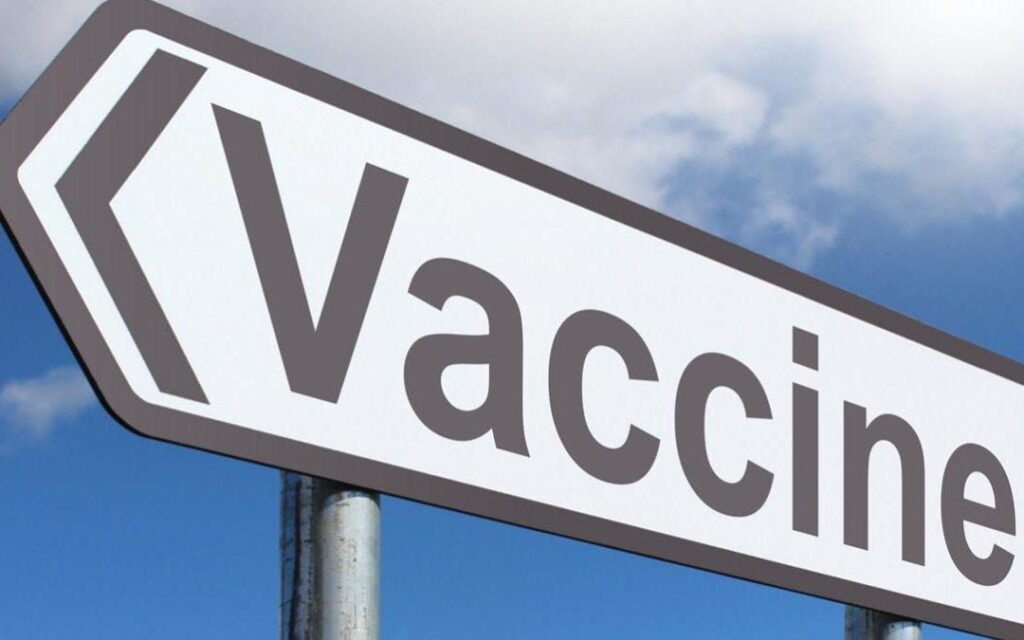
6. Annual Updates: How Flu and COVID-19 Vaccines Evolve
Vaccine manufacturers are continually updating their formulations to combat the latest viral threats. For the upcoming season, new 2025-2026 COVID-19 vaccines have been developed to target the newest COVID-19 variants that are expected to circulate, offering tailored protection against the evolving virus.
Similarly, flu shots are updated annually to protect against the specific flu strains most likely to emerge each fall and winter. This process involves researchers and vaccine makers studying flu outbreaks in the southern hemisphere months in advance of the northern hemisphere’s flu season, allowing them to anticipate and target dominant variants. This continuous adaptation ensures the vaccines remain as effective as possible against current and emerging strains.
These yearly updates highlight the dynamic nature of viral pathogens and the proactive efforts of public health and pharmaceutical sectors to stay ahead of them. The opportunity to protect oneself from the newest respiratory virus variants is a significant reason to consider getting both COVID-19 and flu vaccines this fall, if eligible.

7. Simultaneous Vaccination: Getting Both Your Flu and COVID-19 Shots
A common and reassuring piece of advice from health experts, including Dr. Michelle Barron, is that individuals can receive both their flu and updated COVID-19 vaccines at the same time. This convenience significantly simplifies the vaccination process, removing the need for multiple visits to a clinic or pharmacy and making it easier to stay protected.
Dr. Barron, UCHealth’s senior medical director for infection control and prevention, emphasizes that the exact timing of these combined shots “doesn’t matter” beyond general convenience. Her encouragement is clear: if you are able to get both the updated 2025-2026 COVID-19 and flu vaccines sometime in the next couple of months, it is advisable to do so to maximize protection against severe illness.
This simultaneous administration is a practical strategy to ensure comprehensive coverage against two of the most prevalent respiratory viruses that typically spike in the U.S. during the late fall and winter. Planning to get both shots together can streamline your health preparedness for the season.
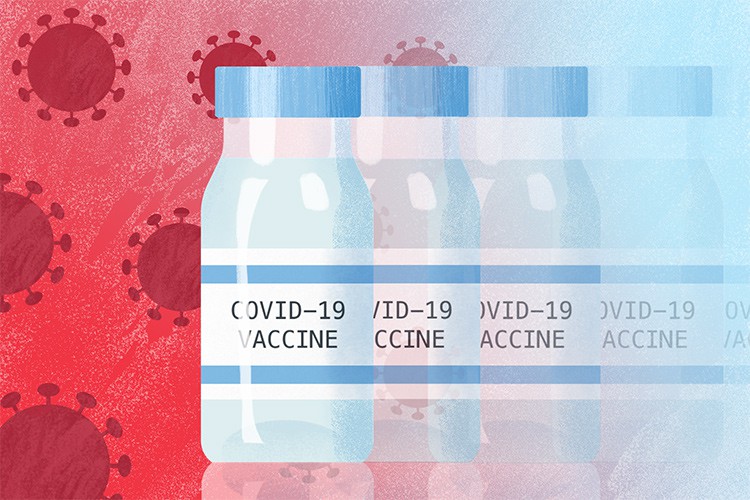
8. Navigating Eligibility for the Updated COVID-19 Vaccines
The landscape for COVID-19 vaccine eligibility has undergone significant changes, moving from a broad recommendation for all U.S. residents aged 6 months and older to a more targeted approach. As of August 27, federal health officials revised these recommendations, establishing new criteria for who is eligible to receive the updated COVID-19 vaccines. This shift underscores a more individualized consideration of vaccination benefits.
Under these new guidelines, individuals aged 65 and older are eligible to receive the COVID-19 vaccines. Additionally, younger people who possess at least one risk factor for developing severe illness from COVID-19 also qualify for vaccination. These identified risk factors include conditions such as asthma, regular smoking, physical inactivity, and obesity, all of which can predispose individuals to more serious health outcomes if infected.
However, this change has introduced complexities and concerns, particularly from health experts like Dr. Michelle Barron. She has voiced apprehension that these new guidelines are not sufficiently broad and may inadvertently prevent a substantial number of people who could benefit from vaccination from actually receiving it. The practicality of accessing these vaccines has also been impacted, with some pharmacies, including major chains like CVS and Walgreens, indicating they will require a doctor’s prescription for COVID-19 vaccines in several states, adding an extra step to the process.
Amidst this uncertainty, Dr. Barron strongly advises individuals to engage in a conversation with their doctors. She suggests alternatives such as requesting a prescription or even scheduling a “lab appointment” at a doctor’s office, as many clinics maintain vaccine supplies and have medical assistants trained to administer them. The overarching message is to actively seek out vaccination despite potential hurdles, prioritizing personal health in consultation with a trusted provider.
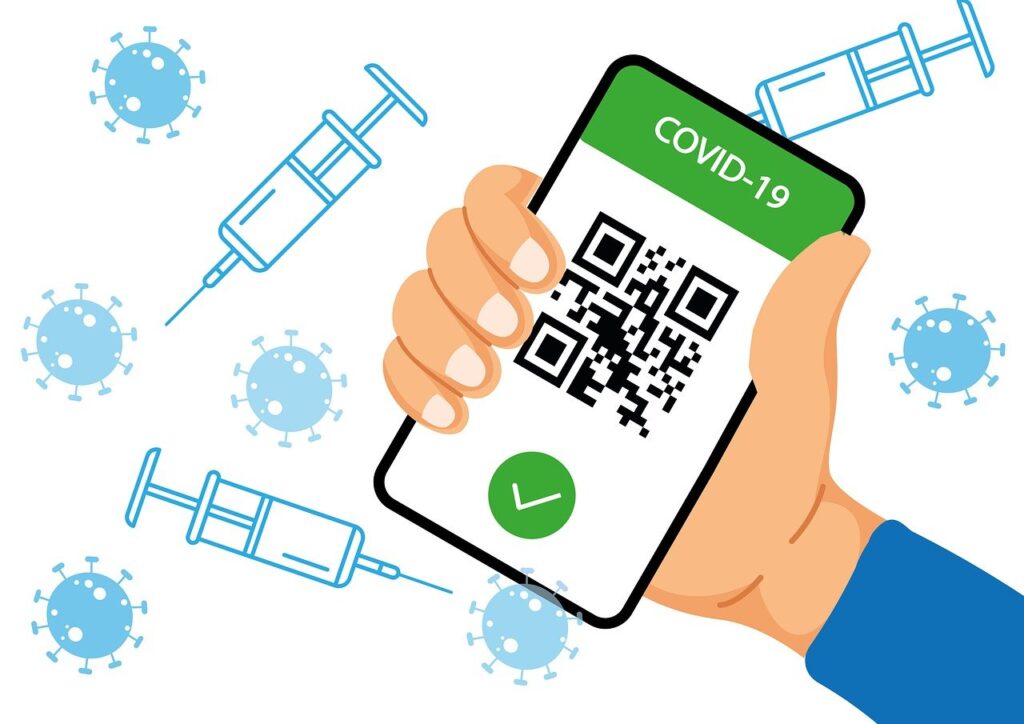
9. Who is at the Highest Risk for Flu and COVID-19 and Why Vaccination is Crucial
Identifying and protecting populations most vulnerable to severe outcomes from respiratory viruses like influenza and COVID-19 remains a critical public health objective. For influenza, Dr. Michelle Barron clearly states that the “very old and the very young” are at the highest risk. Specifically, babies under one year of age and adults 65 years and older face a significantly elevated likelihood of hospitalization, complications, and even death from the flu.
Beyond these age extremes, other groups are also strongly advised to get their flu shots. This includes individuals who are immunocompromised, as their weakened immune systems make them more susceptible to severe illness. Caregivers or those who frequently interact with immunocompromised individuals are also encouraged to vaccinate to create a protective barrier around these vulnerable persons, preventing transmission.
When considering COVID-19 vaccines, Dr. Barron emphasizes their importance, particularly for those at higher risk of severe illness. This category includes older individuals, people who are immunocompromised, and pregnant women. She explicitly states that “data show that the people who benefit most from a COVID-19 vaccine are those who are older and those who have underlying medical conditions,” listing conditions such as asthma, COPD, hematologic malignancy, or being on immunosuppressant medications.
Vaccines offer a substantial reduction in the risk of severe illness, hospitalization, and death from both flu and COVID-19. They are also crucial for people like healthcare workers, who face a heightened risk of exposure to these respiratory illnesses due to their professional roles. Furthermore, Dr. Barron highlights that vaccination helps individuals avoid severe complications, including the debilitating effects of long COVID, enabling them to maintain their health and participate in daily life without interruption.
Read more about: Highways on the Horizon: Unpacking the Major Changes Set to Redefine American Driving

10. Protecting Our Youngest: Children and COVID-19 Vaccines
The conversation surrounding COVID-19 vaccines for children has evolved, with health experts providing clearer guidance to ensure the protection of our youngest populations. The American Academy of Pediatrics (AAP) has issued new, strong recommendations for the COVID-19 vaccine, specifically targeting infants and babies aged 6 to 23 months. This age group is considered to be at a high risk for experiencing severe complications should they contract COVID-19, making vaccination a crucial preventative measure.
The AAP’s pediatric experts also advise COVID-19 vaccination for older children who are immunocompromised. Additionally, children who are at a heightened risk for severe illness, those residing in long-term care facilities, and children who have not previously received a COVID-19 vaccine are also identified as priority groups. Children living in households where other family members are at high risk for severe COVID-19 are also encouraged to be vaccinated to minimize the risk of transmission within the home.
Beyond these specific high-risk categories, the AAP experts have made it clear that any parents who wish to protect their children from COVID-19 should be able to access the new 2025-2026 vaccine for their children. This guidance empowers parents to make informed decisions in consultation with their pediatricians, providing options for comprehensive protection. The AAP’s policy statement regarding the 2025-2026 COVID-19 vaccines for children serves as an authoritative resource for families seeking to understand these recommendations.
11. The Evolving Landscape of Virus Strains and Vaccine Efficacy
Respiratory viruses, particularly influenza and COVID-19, are constantly evolving, presenting an ongoing challenge for public health and vaccine development. This dynamic nature necessitates continuous updates to vaccine formulations to ensure they remain effective against the most prevalent strains. Understanding how these updates occur is key to appreciating the protection vaccines offer each season.
For COVID-19, the dominant variants currently circulating and causing infections are all descendants of the Omicron variant, which first emerged in late 2021 and has maintained its dominance since. The current dominant variant, known as XFG or the “stratus” variant, is also an Omicron descendant. National wastewater monitoring data indicates that the XFG variant is responsible for the majority of COVID-19 infections across the U.S. now, highlighting its widespread presence.
In response to this evolution, vaccine makers have specifically tailored the new 2025-2026 COVID-19 vaccines to combat these newest variants. Health advisors for the U.S. Food and Drug Administration voted in May to authorize this new formula. While different variants were dominant earlier in the year, the consistency in the Omicron lineage means the newest vaccines are designed to help fight variants likely to cause infections this fall and winter.
Similarly, flu shots undergo an annual reformulation process. Researchers and vaccine makers meticulously study flu outbreaks in the southern hemisphere months before the flu season begins in the northern hemisphere. This foresight allows them to anticipate and target the flu strains most likely to become dominant, ensuring that each year’s vaccine provides the best possible protection against the expected circulating viruses. This continuous adaptation underscores why annual vaccination is a vital measure against respiratory illnesses.

12. Demystifying Misinformation: Trustworthy Sources for Vaccine Information
In an age of abundant information, discerning accurate and trustworthy guidance on vaccines has become increasingly challenging due to the rise of misinformation. Many controversial opinions circulate, creating confusion and anxiety among the public. Dr. Michelle Barron, an infectious disease expert, advises her patients to actively try and ignore vaccine misinformation and instead concentrate on the fundamental goal of protecting themselves and their loved ones.
It is vital to rely on credible, evidence-based sources for vaccine safety and recommendations. Dr. Barron emphasizes consulting your own medical provider, as their primary interest is your health and safety. She also identifies several professional organizations that serve as reliable authorities in this field, whose advice can be trusted without hesitation.
These trustworthy organizations include the Infectious Diseases Society of America (IDSA), known for its expertise in infectious diseases. The American Academy of Pediatrics (AAP) provides authoritative guidance on childhood immunizations. For women’s health, including considerations during pregnancy, the American College of Obstetricians and Gynecologists (ACOG) is a key resource. Additionally, the Society for Healthcare Epidemiology of America (SHEA) offers insights into infection prevention and control.
Dr. Barron’s consistent message is to talk to the person who actually cares for you and has studied the information. She reassures patients that medical providers are not influenced by pharmaceutical companies or political affiliations, and their commitment is solely to patient health and safety. “Get rid of the noise and just ask the person who actually cares for you and knows about vaccines and has studied the information,” she urges, emphasizing that doctors can provide “really solid information.”
13. Understanding the Cost and Availability of Vaccines
The practical aspects of vaccine access, particularly regarding cost and availability, are a significant concern for many this season. Unfortunately, there remains considerable uncertainty about whether health insurance plans will fully cover the cost of COVID-19 vaccines this year. Dr. Barron acknowledges these “unknowns,” highlighting that comprehensive information is still emerging, including potential restrictions on doctors and pharmacists.
This ambiguity is particularly concerning for lower-income individuals who may face greater struggles in accessing vaccines this year if out-of-pocket costs become a barrier. While health insurance plans should typically cover the cost of flu vaccines, the situation for COVID-19 vaccines is less clear, diverging from past years when coverage was often mandated for FDA and CDC-approved vaccines. Some plans may now require co-pays, although many employers are expected to continue covering vaccines to ensure employee health.
For those insured through their jobs, it is strongly advised to check directly with their employer or health insurance provider to clarify coverage details for both flu and COVID-19 vaccines. UCHealth, for instance, has outlined its plans for offering COVID-19 vaccines (Pfizer for ages 5+, Moderna for ages 4 and younger), but notes that the costs are not yet clear and self-pay pricing is still being finalized. They recommend checking back on their website for updates and contacting providers for prescriptions if needed, particularly for those under 64 getting vaccines at retail pharmacies.
Regarding availability, some large pharmacies have already stocked the newest versions of both COVID-19 and flu vaccines, with others expecting shipments in the coming days. Dr. Barron confirms that actions from federal officials have not halted vaccine manufacturers from shipping vaccines. Therefore, reaching out to your doctor’s office or preferred pharmacy in the next month or two should be an opportune time to secure your vaccinations. Many doctors’ offices also keep supplies on hand, offering convenient “lab appointments” for vaccine administration.
14. Distinguishing Symptoms and the Continued Importance of Testing
Amidst the prevalence of respiratory illnesses, it is crucial to understand the differences in symptoms between a common cold, influenza, and COVID-19, and why testing remains an important tool. Dr. Michelle Barron explains that a COVID-19 infection still typically makes people feel “really lousy,” describing it as “far worse than a cold.” Patients report severe headaches, overwhelming fatigue, and intensely sore throats, with some likening it to “swallowing razors.” These are systemic issues, extending beyond just the upper airway.
Similarly, the flu can cause much more severe systemic issues than a cold, often presenting with fevers, headaches, muscle aches, and profound body aches, leaving individuals feeling incredibly tired. In contrast, the common cold, while annoying, is usually limited to upper airway symptoms like a runny nose and coughing. Recognizing these distinctions is vital, as the severity and potential complications of flu and COVID-19 far exceed those of a typical cold.
If you begin to feel unwell, testing for COVID-19 or the flu is a highly recommended course of action. Simple home tests are available for both illnesses. Knowing which virus you have is important because specific medications are available that can help diminish symptoms and, crucially, can prevent high-risk individuals from requiring hospitalization. While results may no longer be reported to health agencies as they once were, the personal benefit of testing for treatment purposes remains significant.
Dr. Barron encourages people not only to protect themselves but also their vulnerable friends, family members, and co-workers. Getting vaccinated is a step towards preventing transmission to those with underlying medical conditions, including children, thereby safeguarding the wider community. Her overall advice emphasizes dialogue with medical providers, who are dedicated to patient health and safety above all else, providing accurate, solid information to help navigate health decisions.
Read more about: Navigating the ‘Toxic’ Diet Fad: A Deep Dive into Gwyneth Paltrow’s Wellness Controversies and Expert Warnings
As we navigate the complexities of the upcoming cold and flu season, the latest CDC guidelines and expert insights provide a critical roadmap for proactive health management. From understanding personalized vaccine eligibility to combating misinformation and ensuring accessible protection, the emphasis remains on informed decision-making and continuous dialogue with healthcare providers. By embracing these recommendations, individuals and families can confidently prepare for the challenges ahead, striving for comprehensive protection and well-being. Ultimately, staying healthy means being able to fully engage in work, social activities, and cherished holiday moments, free from the burden of severe illness.


